The power of a self directed reading program is unlocked with:
- Student Choice
- Consistent time to read
- Opportunity to further engage with text
- As little evaluation of reading comprehension as possible
- Visuals of student reading pace, pages read or progression through levels
Program context affects vocabulary acquisition to a certain degree. The guide below is based on the following Latin program:
- Personal preferences, family and friend themes are frequent in level 1
- Home, travel and views of others are frequent in level 2
- Roman daily life, education, history and literature begin to appear in level 3
- Beauty, leadership, and memory offer chances for Level 4 to connect with AP
These ideas guide the leveling system for the program. Certain vocabulary becomes familiar based on the content created in our curriculum. Consider what vocabulary may become familiar more quickly in your program and adjust titles in levels as needed. I’m convinced that a title could be a level B in one program based on vocabulary but could be a level C in another program or the opposite could be true. As I observe students, it seems the exact levels are not as important as a progression for students to follow as long as the titles are placed in a level that is within reason for the title.
Blogs with FVR/SDR/SSR thoughts and resources.
Mike Peto – Mike’s thoughts on Free Voluntary Reading are universal. Although a Spanish teacher, his writing style and direction for Free Voluntary Reading helped me to understand some of the important components to consider to create a successful reading program.
Magister P. – You can start a reading library with Magister Piantaggini’s published novels at an affordable price. But don’t miss his thoughts on Free Voluntary Reading while you browse the Pisoverse.
Comprehensible Classics – Magister Olimpi is another author who offers an opportunity to build a reading library affordably with just one author. His year in F7 posts offer fantastic insight into the day to day thought process of facilitating CI in a classroom.
John Piazza – A fantastic post about how to create a library and thoughts about the process of a reading program. John has also put together some pdf readers from textbook sources which are a great way to add some varied reading material early on. Just be careful as most textbook readings are more difficult than perceived as they do not always shelter vocabulary.
Latin Novella Database (LNDB) – Useful quantitative data about Latin novellas. The core word count data is extremely helpful to organize a classroom library with a simple progression of reading. But there is even more data with a syntax analysis of each title. This will become the place to start for the organization of a classroom library, although you may have slight differences as you observe students interact with texts based on your specific teaching and curricular context.
Books about reading
SSR Handbook – This is the resource to use to start a program with research, examples and ideas for reading response activities. Here are some thoughts about the important ideas to flush out in your mind as you start a reading program. See more at the following posts.
- Access to reading materials. What are creative ways to add reading materials outside of purchasing as many of the book titles listed below?
- Routine. It’s important to start students with less reading time than you think they are ready to handle. It is much easier to work up to more than it is to work down. Students’ perception of the time is important. Reading for short amounts of time often is better than reading one big chunk once and awhile. Students start to develop a reading routine which is a powerful driver of acquisition.
- Response. Students want to respond to reading. But response opportunities should be a formative process. How can you vary response activities so that all types of students have a chance to interact with their reading and with other people’s thoughts? I use ideas from Lee Jenkins Optimize Your School to offer students formative feedback about their progress.
- Report. Don’t evaluate and grade but it is important to report. Teacher/student conferences, written responses to student responses and informal conversation all are important ways to report back to students.
My posts about my own Self Directed Reading Program.
Reflections during the 1st semester of my self directed reading program that was sustained.
Readers with AP Latin themes for lower levels.
Example Reading Log – a simple log that I use so that students can monitor their progress. This is used as evidence toward a student’s proficiency, but mostly in a way that they are engaging in reading. This falls under an interpersonal rubric I use to score their day to day processing of Latin.
Titles below with pictures within a level can be clicked to a review focused on my observations with the title with students.
Level A

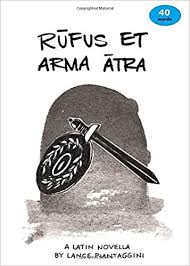
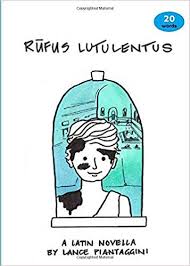

Arma Virumque Numero (from prima luce)
Passer Catulli (from prima luce)
Quid Agis, Achilles?
Rena Rhinoceros
Rufus et Gladiatores
Rufus et Lucia: Liberi Lutulenti
Taurus Rex
Urusus et Porcus
Level B
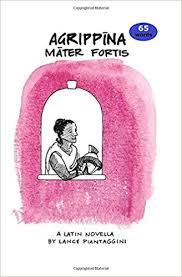



Drusilla In subura
Familia Mala: Duo Fratres
Labyrinthus
Quintus et Nox Horrifica
Level C

De Torta Natalicia
Drusilla et convivium magarum
Livia Mater Eloquens
Pandora: Familia Mala Volumen III
Via Periculosa
Level D

Clavis Apollonis
Filia Regis et Monstrum Horribile
Lucia Heros
Piso Ille Poetulus
Romulus et Rex: a prehistoric legend
Templvm Romanvm
Level E
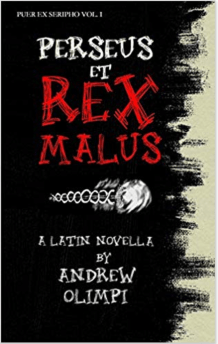
A New Latin Primer
Bellovesus in Gallia
Camilla
Cornelia
Fortuna Fortibus Favet: viae variae patent
Maximus et Caecilia
Perseus et Medusa
Level F



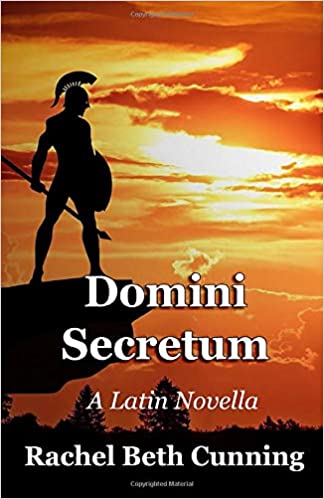

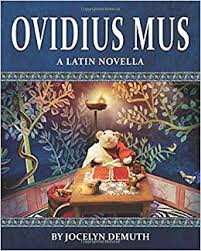

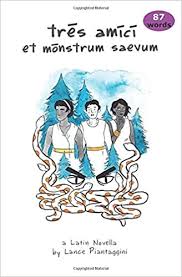
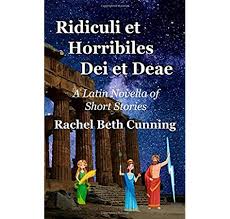

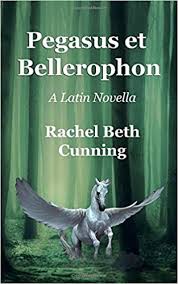
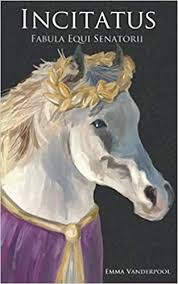
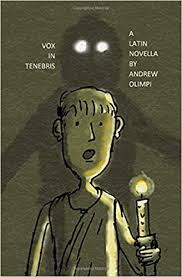
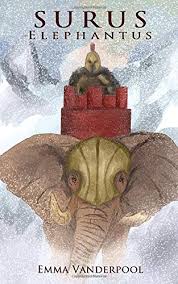





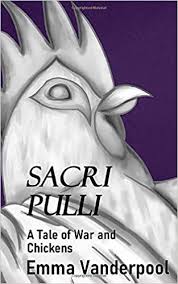
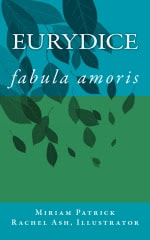
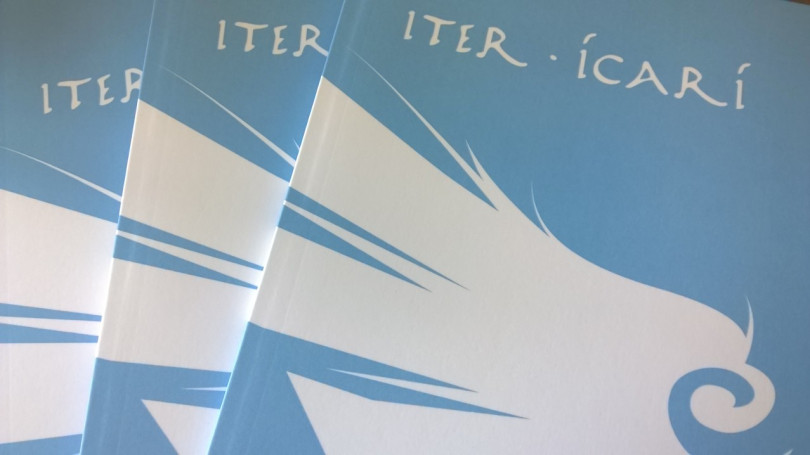


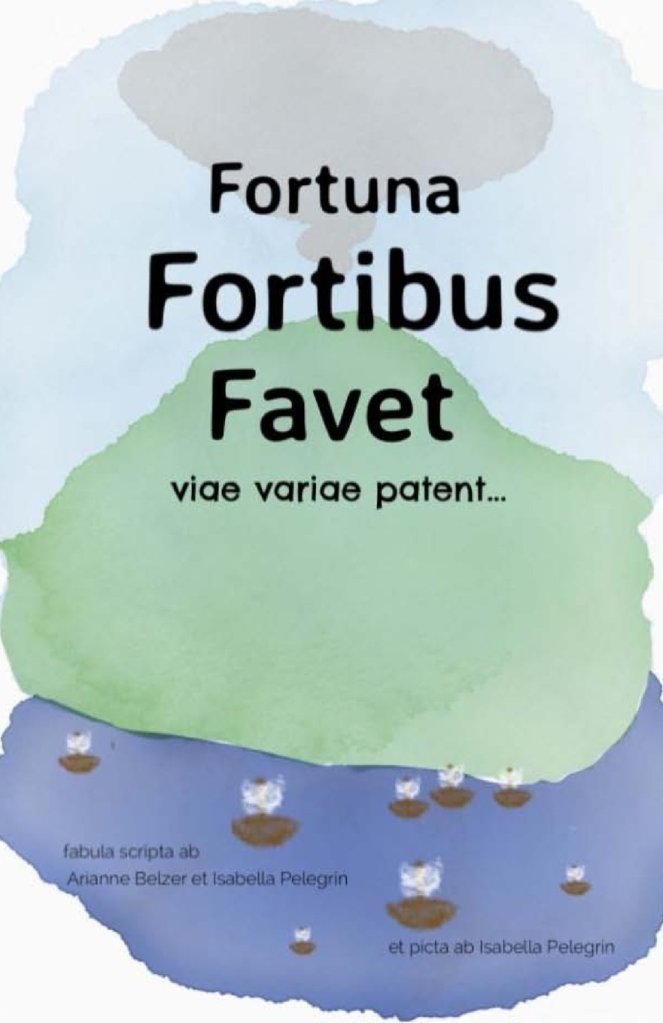
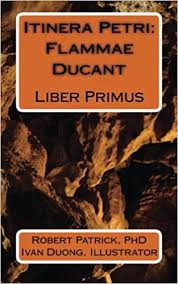

Thanks for your thoughts. I will be implementing a reading program in my Spanish classes next school year. I do prefer how you called it: Student Directed Reading. I believe it might take away some excuses of “If it is voluntary, then I do not volunteer to read!”…
LikeLike
Hercules Made Easy SPQR (Kindle book) is really easy and interesting to read (part of Fabulae Faciles
Tres mures caeci Again Kindle is fun to read.
Where would you put “Epitome Historiae Sacrae” Lhomond/Carfagni
Ora Maritima Sonnenschein and Pro Patria Sonnenschein are interesting, but aren’t page turners
LikeLike
I’m not familiar with these titles yet. So I will add them at some point when I get a hold of copies.
LikeLike
New Level A Pisoverse Books by Lance Piantaggini
Level A
Familia Mala: Saturnus et Iuppiter
Rufus Lutulentus (20 words) (year 1)
Rufus et Lucia Lutulentus (28 words)
Syra Sola (due 29 Oct 2018)
Piso Perturbatus (36 words)
Rufus et Arma Atra (40 words) (year 1)
Rufus et Gladiatores 49-108 words)
Taurus Rex
Urusus et Porcus
Labyrinthus
LikeLike
Are you sure those are all by Lance? I put titles into the list after I have a copy so I can at least look at the book when questions arise. It looks like I need to purchase Rufus et Lucia and Syra when it is out.
LikeLike
Where do you find “Fiona Cantrix (singer moves to Berkeley”?
LikeLike
Do you have a link to Fiona Cantrix? I can’t seem to find that title anywhere.
LikeLike
Fiona Cantrix was Lance’s first stab at a novella, in draft form, and I had printed a few copies as a test run. I still have a few copies for sententimental reasons (takes place at my school!), but I don’t think he would want it circulating now, given all the excellent novellas he has produced since.
LikeLike
aha! That makes sense. Thanks for following up!
LikeLike